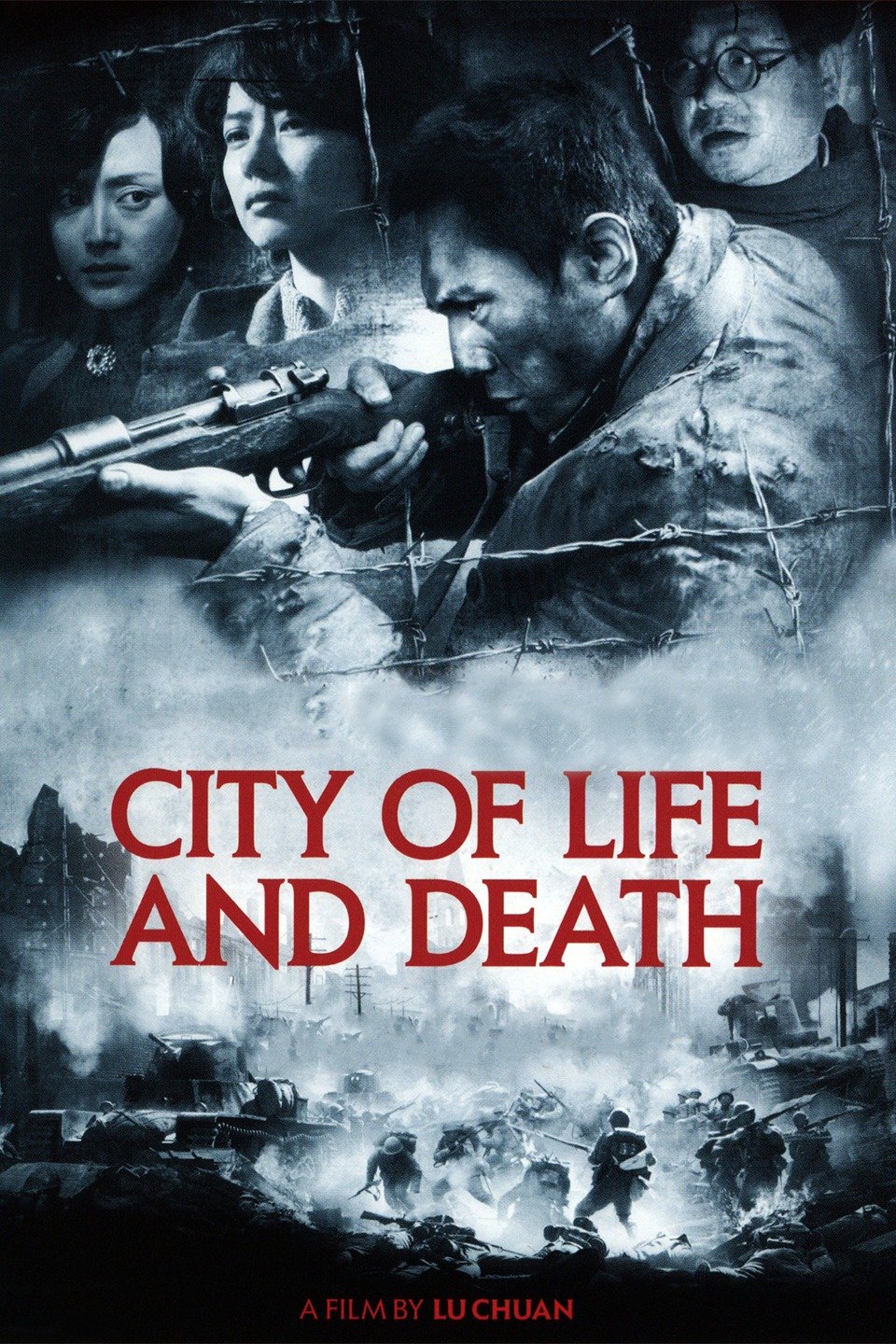

Neumann,
Roderick. Imposing Wilderness: Struggles over Livelihood and Nature
Preservation in Africa. Los Angeles: University of California Press, 2002.
Shetler,
Jan. Imagining Serengeti: A History of Landscape and Memory in Tanzania from
Earliest Time to the Present. Athens: Ohio University Press, 2007.
Here
we will be looking at two books on similar subjects. Roderick P. Neumann’s Imposing Wilderness and Jan Shetler’s Imagining Serengeti both seek to unravel
the true histories of the lands now under the jurisdiction of natural
conservation parks in Tanzania, the former Arusha and latter Serengeti. They
reveal that prior to colonization the landscapes were in fact shaped and used
by the indigenous peoples. Though not building towns and cities in the vein of
European cultures, they did consider the landscape their home and property.
This changed in the 19th Century. In Imagining Serengeti, the peoples of the Serengeti were temporarily
displaced by a series of disasters in the mid 19th century, among
them Masai invasions and several droughts and famines. When the European
colonizers arrived and saw no settlement on much of the land, they assumed that
they were on a pristine land untouched by man’s intervention. They decided to
keep it that way as a game preserve, setting the stage for the Serengeti
National Park. Likewise, in Imposing
Wilderness the colonizers believed that the wildlife and land needed to be
preserved. In both cases indigenous peoples exercising their old land and
hunting rights were mislabeled as villainous poachers. This mindset has continues
today. Many within the Tanzanian government do not necessarily hold this
viewpoint, but side with the exclusion of local peoples in order to acquire
funding from international conservationist groups. Many who trespass or poach
on the parks are merely trying to support themselves or see themselves as
dispensing justice against park policies which cut off traditional resources.
Overall, Neumann and Shetler want conservationists to understand that wildlife
issues in Africa are not black-and-white, that the zealous fight to preserve
wildlife is actually harming many indigenous peoples and trapping them in a
cycle of poverty.
Neumann
and Shetler’s books are eye-opening and appear to suggest that a moderate
adjustment to national park policies is needed to address both Tanzanian and
conservationist concerns. What this solution would look like is not given. So
which book is better? Neumann spends less time on pre-colonial history. As a
result he spends less time on oral history and more on examining the European,
conservationist, and Tanzanian governmental viewpoints. One of the high points
is his chapter on the psychology of Europeans towards nature, which Shetler
does get into as well. The natural landscapes of 18th-century
European pastoralist paintings conjured up the images of true “nature”, usually
absent of people, and influenced what colonizers thought landscapes should look
like. Africans were often seen as part of the landscape, but only as a representation
of European origins that instead of going on the path of civilization, remained
in the “savage noble” state. The Meru who showed enterprise in clearing out
vegetation for cultivation or finding ways to trap or ward off animals
attacking their crops and livestock were seen as improper representations of
the ideal native. To Europeans this divergence from the idealized African could
not be allowed to taint the Mount Meru National Park. While not often sharing
the early colonists’ racial views, conservationists have similarly stated that
only people who are “harmonious” with nature can live on the park, and in their
definition this does not include anybody who hunts or tears down plant life for
cultivation or construction. This disqualifies almost all natives in the region
from having access to the park.
Shetler’s
book is much longer and involves much more oral research, digging deeper into
Tanzanian peoples’ culture, religion, and pre-colonial history. A unique challenge for her is that Serengeti society
had no clear hierarchy, thus there are no royal genealogies or royally approved
tradition of the past within their oral tradition. She attempts to overcome
this problem through what she calls spatial analysis, deducing the past by how
the people in the oral traditions dealt with their geographic surroundings. She
bolsters this with environmental and social history, as well as archaeology and
what archival information she can find. Shetler’s book is longer and thus more
chock-full of information and examples.
Imposing
Wilderness
is a better bet for a more casual reader, not merely because it’s shorter. Neumann’s
text is clearer and easier to follow than Shetler’s, especially when it comes
to explaining European views of nature and the reasons why African governments
would feel pressured to dispossess some of their own people. Shetler’s book is
more valuable for its methodological explanations, which she spends a good deal
of time explaining in her introduction. A professional historian looking for
ways to approach history obscured by illiteracy can appreciate and implement
her use of spatial analysis.
Imposing
Wilderness
Rating: Highly Recommend
Imagining
Serengeti Rating:
Recommend
Neumann,
Roderick. Imposing Wilderness: Struggles over Livelihood and Nature
Preservation in Africa. Los Angeles: University of California Press, 2002.
Buy the book here.
Shetler,
Jan. Imagining Serengeti: A History of Landscape and Memory in Tanzania from
Earliest Time to the Present. Athens: Ohio University Press, 2007. Buy the
book here.
Rating System
Must-Read: Definite read for history in general
Highly Recommend: Definite read within a certain subject
Recommend: Good for further information or into on a certain
topic
Adequate: Useful if looking for further information certain
topic
Pass: Awful, only useful for examining bad or
ideologically-tainted history

